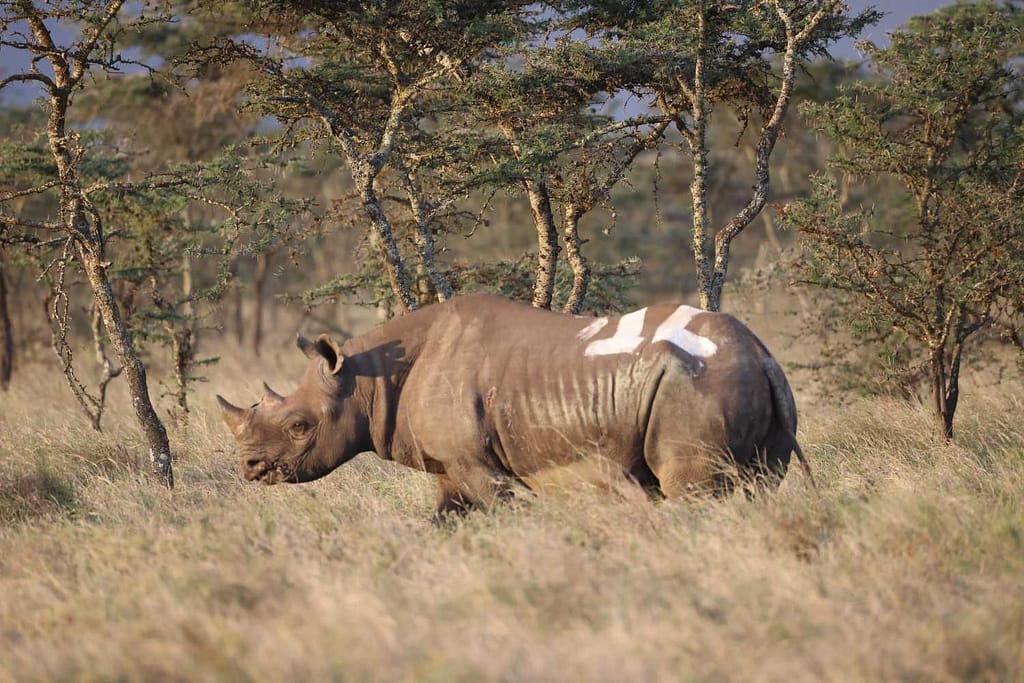Kenya took another significant step in protecting its endangered black rhinos by expanding conservation territory through a well-coordinated translocation of the iconic species to Segera Conservancy in Laikipia County. This move officially marks the establishment of Kenya’s 18th rhino sanctuary, following a successful release of rhinos from Lewa Wildlife Conservancy under the oversight of the Kenya Wildlife Service (KWS).
The most recent phase of this effort unfolded in late May 2025, when three rhinos were successfully captured at Lewa, transported under tight security, and released into their new habitat at Segera. This carefully executed relocation is part of a broader plan to move a total of 21 rhinos to the site over the coming months. Segera Conservancy was chosen for its strong ecological suitability and security infrastructure, critical elements for rhino survival in the wild.
This initiative builds on the successful first phase of translocation in early 2024, when rhinos were moved from Solio Ranch and Ol Pejeta Conservancy to Segera, laying the foundation for what is now a fully operational rhino sanctuary. That earlier relocation highlighted Segera’s potential, with conservationists praising the conservancy’s integrated landscape and its ability to support long-term population growth. With this new batch from Lewa, the sanctuary strengthens its role as a core part of Kenya’s metapopulation strategy — an approach that views rhinos not in isolated silos but as a connected population across a network of secure habitats.

Lewa Wildlife Conservancy, a long-standing leader in rhino protection, has been nearing its ecological carrying capacity. By transferring some of its rhinos to Segera, the ecosystem at Lewa is being eased while Segera gains new genetic diversity and breeding potential. This not only benefits the animals but also supports the resilience of Kenya’s entire rhino population.
The strategic value of Segera lies in its central location and proximity to other conservancies, enhancing corridor connectivity vital for wildlife movement and genetic health. Additionally, the translocation has brought advanced technological enhancements to the conservancy. GPS collars, drones, camera traps, and well-trained security teams have been deployed to ensure continuous monitoring and rapid response capabilities. These tools are essential to combating persistent poaching threats and safeguarding this high-value population.
The operation, a collaboration between KWS, Lewa Wildlife Conservancy, Ol Pejeta Conservancy, and the Zeitz Foundation, demonstrates the power of partnership in conservation. It also underscores the Kenyan government’s commitment to science-led wildlife management and sustainable biodiversity protection.
As more rhinos continue to make their way to Segera, the move signals hope—not just for the survival of a species but for the future of Kenya’s conservation leadership on the African continent. By increasing secure habitats and fostering collaboration between public and private actors, Kenya is reinforcing its role as a global model in the protection of endangered species.




